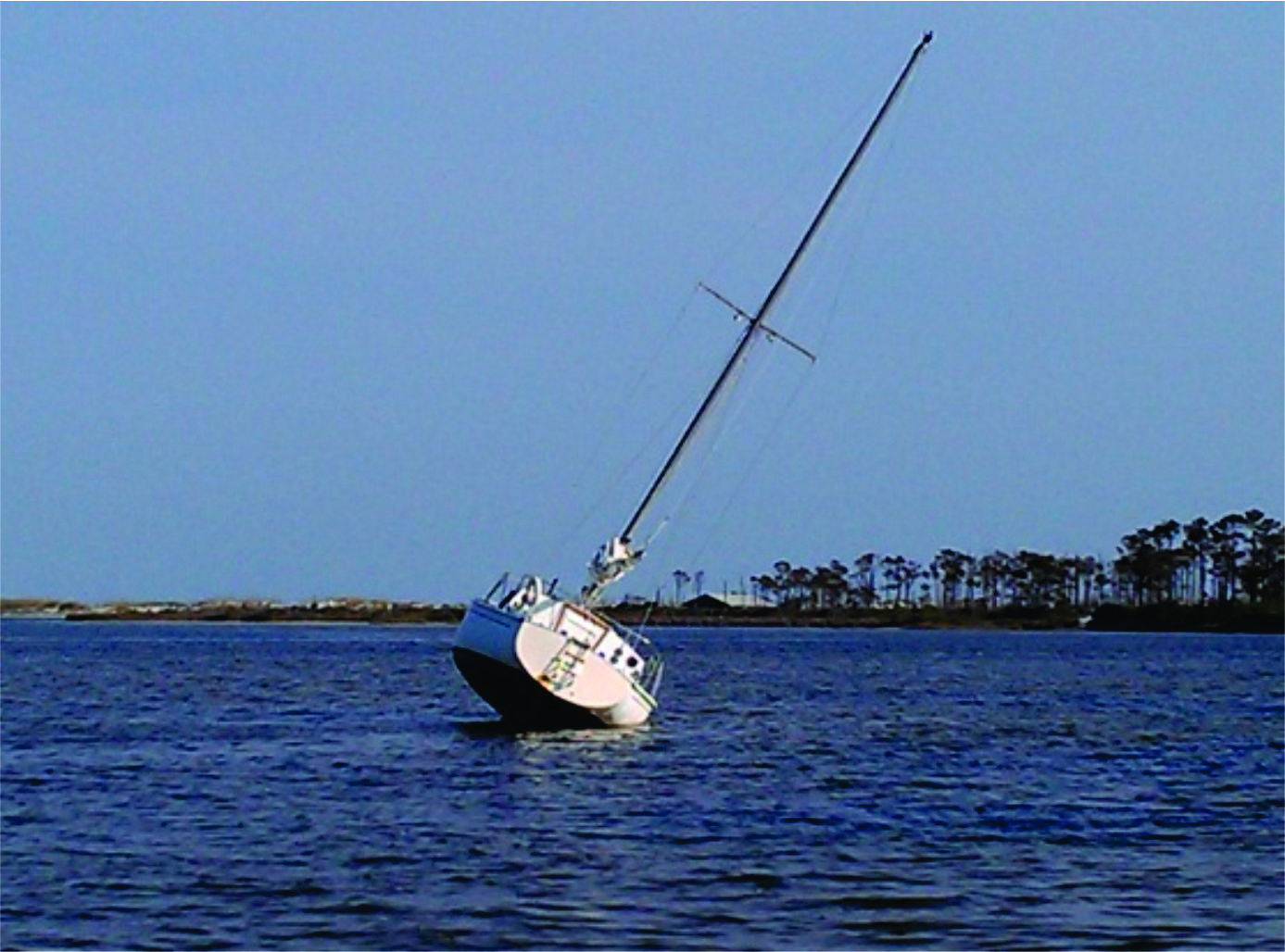Rising sea levels in the future are said to be a real challenge to human habitations across the world. With many of the key cities located in the coasts, the issue has been at the center of the debate surrounding climate change.
But rising sea-level is not a new phenomenon and people have encountered it in different parts of the world. Surprisingly, there are some modern cities and countries that have mastered adaptation to sea-level rise in their coasts. One among them is the Netherlands.
The country has a long history of flooding. In the past, as a means of adaptation, the settlers built raised platforms of sediment called terps which allowed them to evade storm surges and survive inland.
But that is not sufficient today as the country’s population has increased rapidly in its cities. A need for flood mitigation infrastructure became essential as 50% of the country’s landscape is below sea level and the other 50% are barely above sea level. Also, the modern resistance to sea-level rise had to be very different to primitive methods like constructing terps.
In the 1990s, The Dutch took advantage of one of the fruits of modern industrial technology, namely steel. To protect the city of Rotterdam and other low-lying areas of Netherlands, the Dutch built the world’s biggest storm surge barrier, the Maeslantkering. Sitting at 22 meters high, the steel barrier closes when storm surges occur in the sea, protecting vast landscapes in the country that are below sea-level that are highly sensitive to even storm surges of 3 meter.
Dykes, dams, floating farms, rooftop gardens, and water storage facilities are some of the other flood mitigation and adaptation interventions that cities like Rotterdam are beginning to implement. These strategies will prove their worth in gold when implemented in regions of the world that are facing similar threats from sea-level rise.
Combating Sea-Level Rise Requires More than Infrastructure
It is also important for countries to be realistic in their evaluation of threats from sea-level rise, as the impact tend to vary in different geographical areas. Sea-level interaction with coastal region is dependent on factors other than just the global sea-level rise.
The absence or presence of vertical crustal motion and the accretion of sediments in the coastal region determine the magnitude of impact that sea-level rise can have on it. This is why some regions like the Netherlands face constant threats (where landmass keeps sinking), some Islands remain stable and others Islands even increase in size despite increase in sea level.
The rate of sea-level rise is also an important factor to be considered when preparing for flood mitigation in coastal regions. According to the United Nations, there was a sea-level rise of 1.7 millimeters per year between 1900 and 2014.
Further, studies that focused on the more recent time period discovered that the sea-level rise during the period 1958–2014 was only around 1.3–1.5 millimeters per year. This effectively means that the rapid rise in 20th century atmospheric carbon dioxide concentrations and the subsequent melting of ice mass have failed to cause a catastrophic increase in sea-level rise.
Instead of pegging our hopes on unverified future sea-level rise, we must estimate localized threats in different regions of the world and invest in flood infrastructure that can help cities and coastal regions to adapt and mitigate even when sea level rises above the 1.7-millimeter mark annually (the 114-year global average).
Evaluation of Sea-level threats, especially those that are said to be from climate change, and our responses to that, should always be inclusive of the available adaptation techniques.
The Dutch could have abandoned their coasts, but they did not. For centuries, settlers in the Netherlands have shown that it is possible to thrive despite constant storm surges. In the 21st century, the country took its adaption strategy a step higher and become a pioneer in mitigating sea-level threats using modern infrastructure like the Maeslantkering.
When a country like the Netherlands, where half of the country is sinking below sea-level, can come up with solutions to mitigate flooding, there is no reason to believe that such interventions are not possible in other key coastal cities across the globe. With a strong political will and well-informed investment in infrastructure, communities across the world will be able to adapt and mitigate to sea-level rise without fear.
